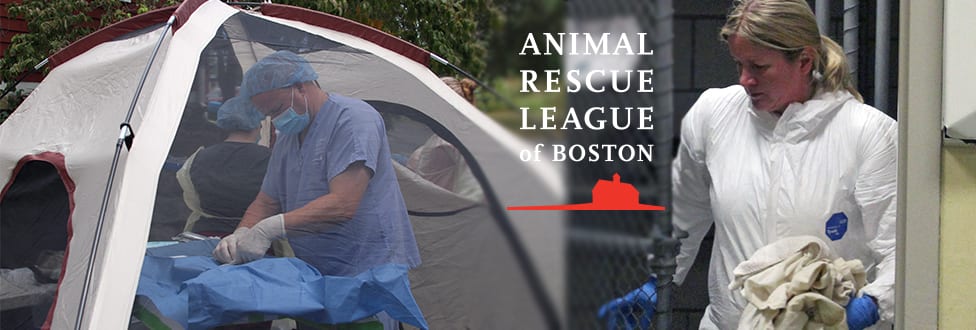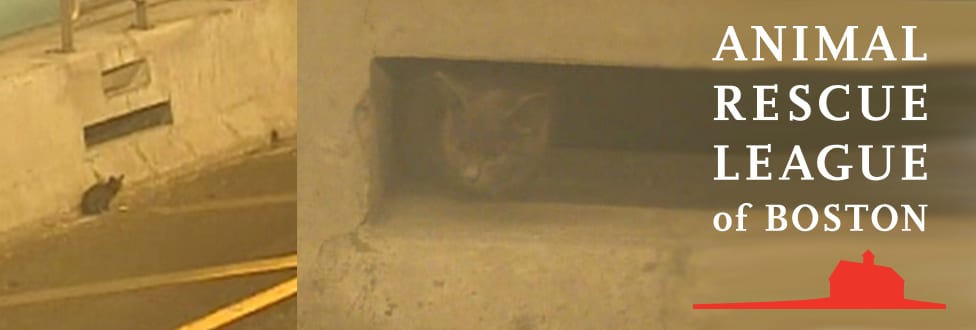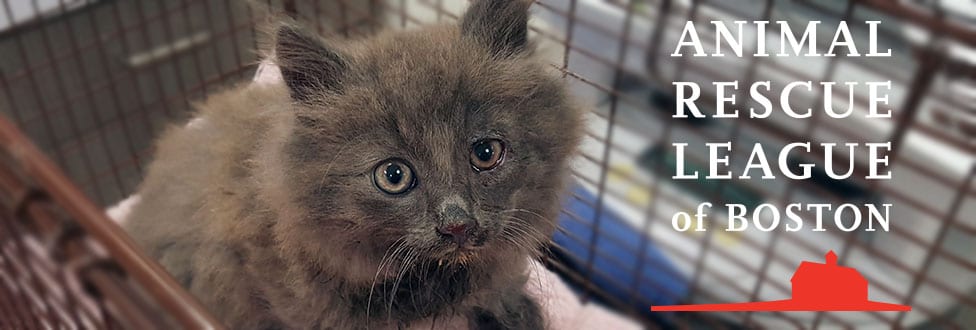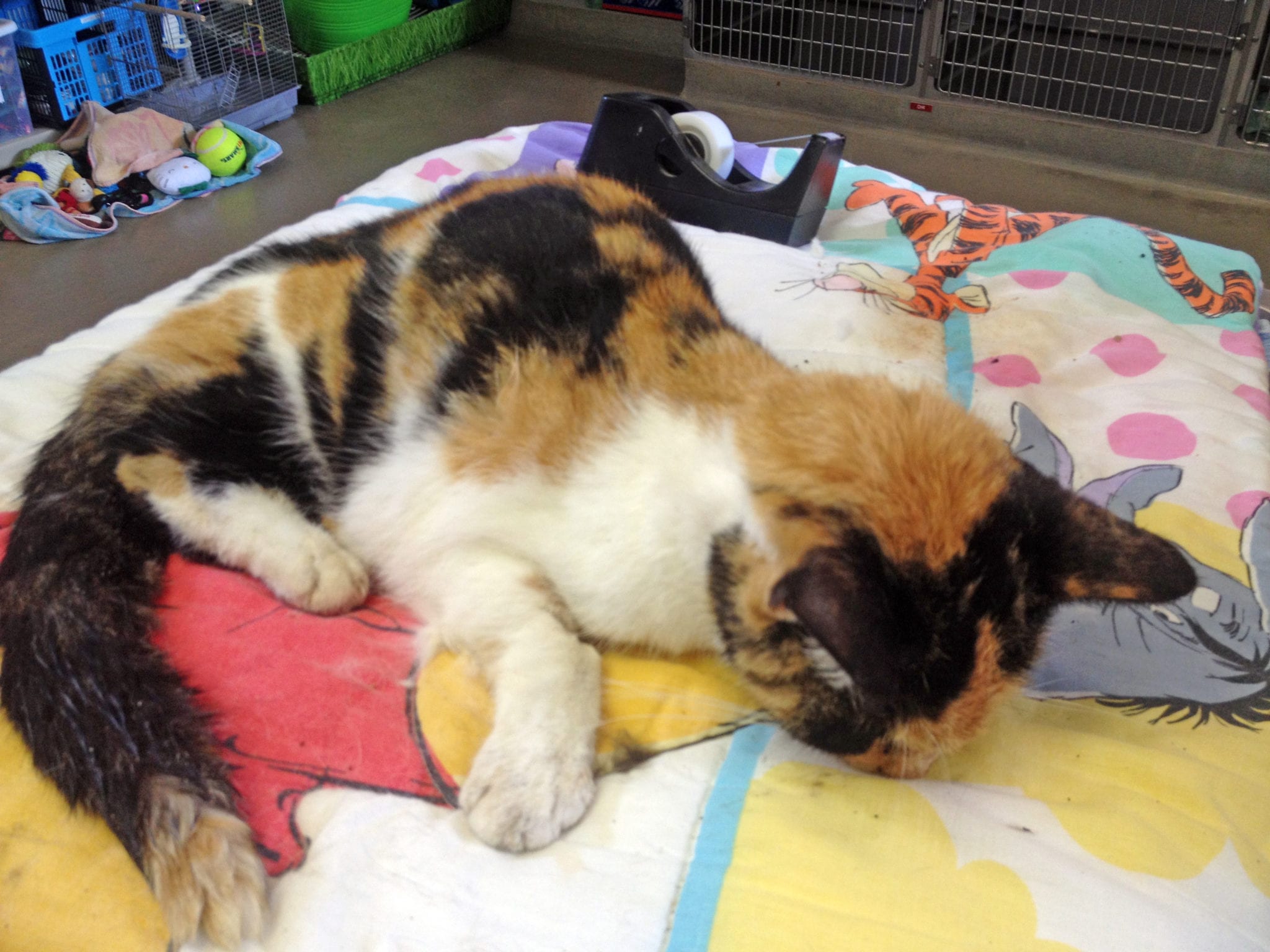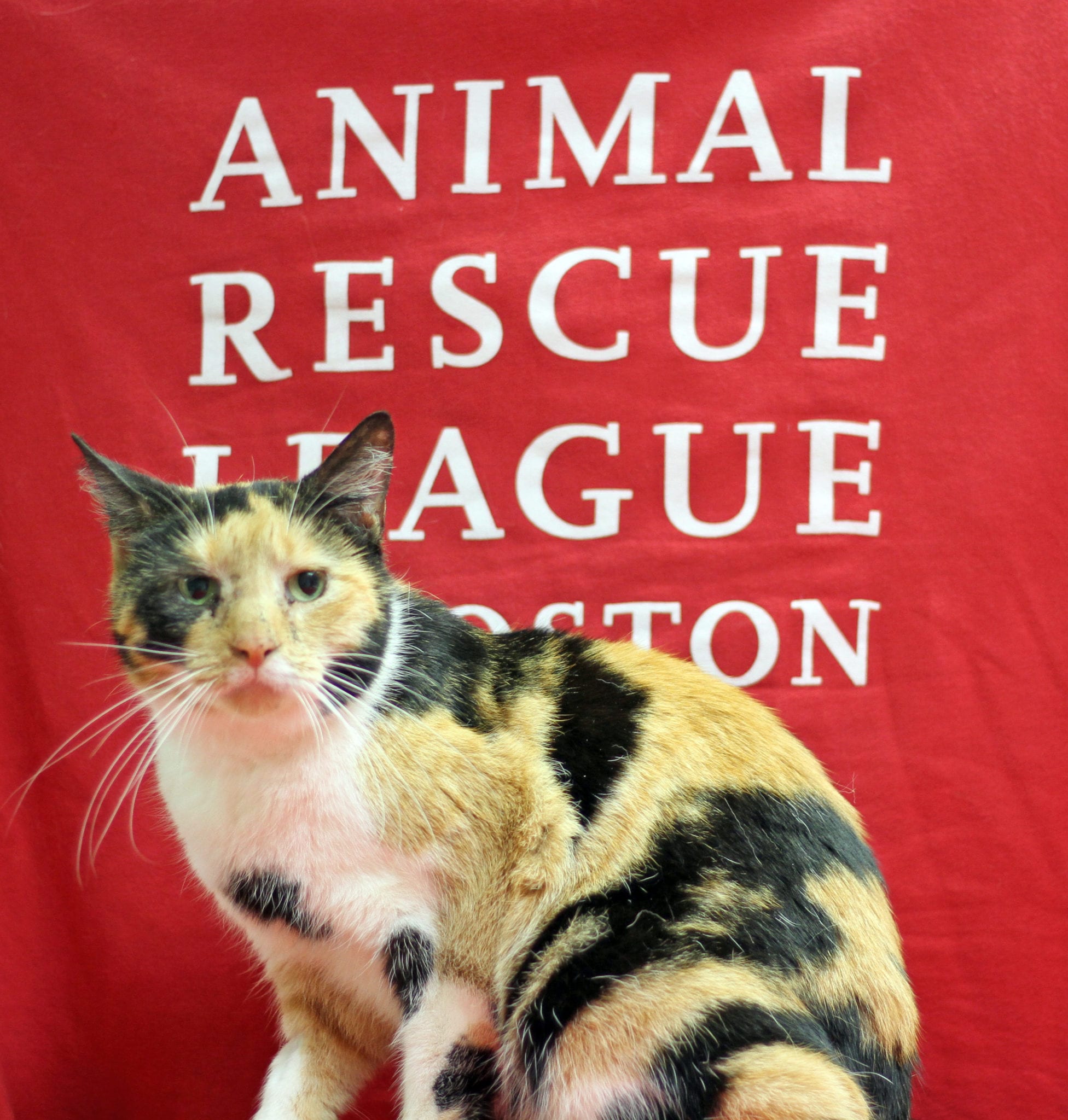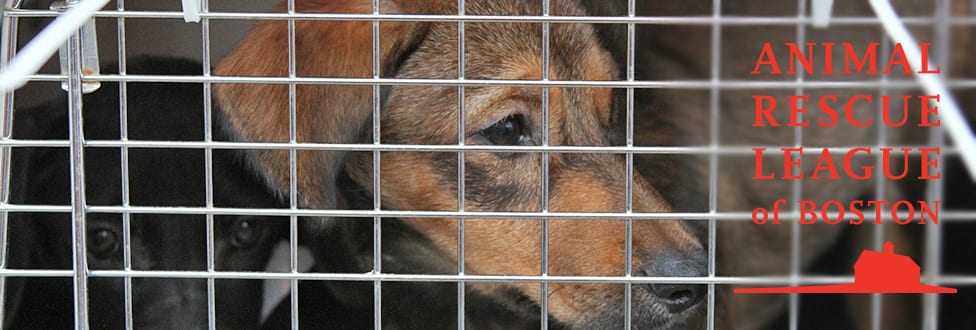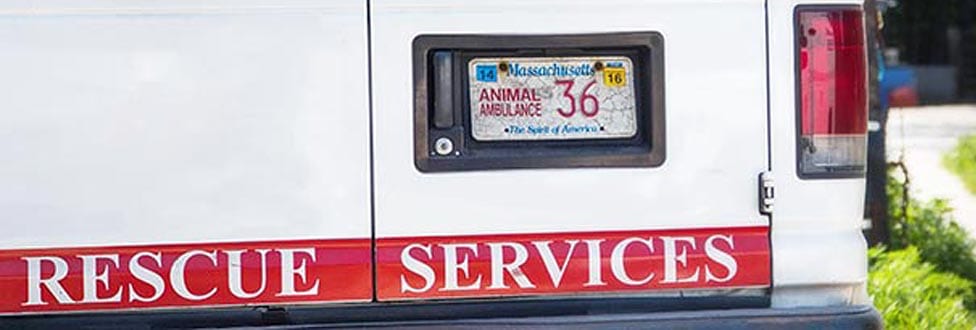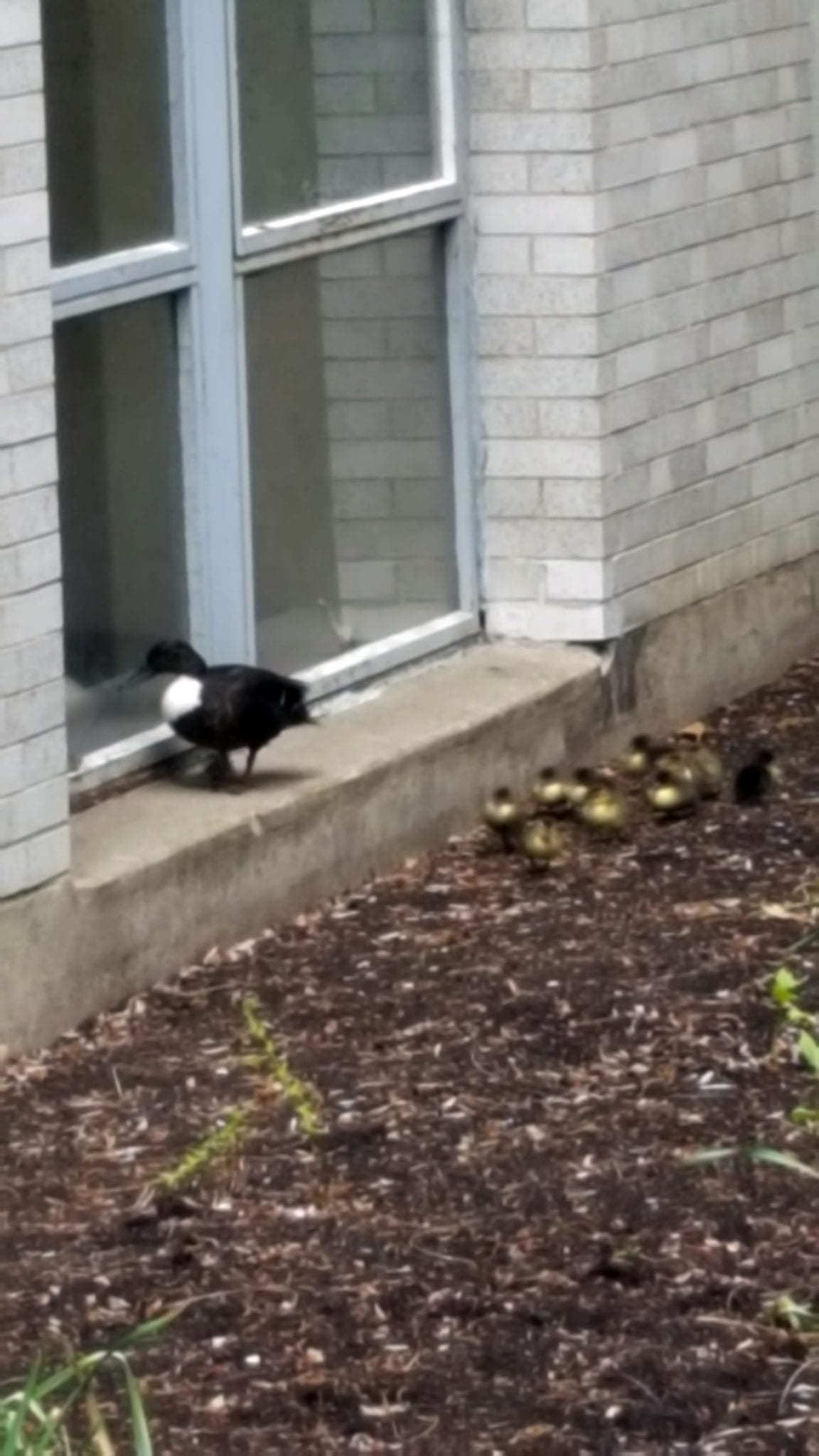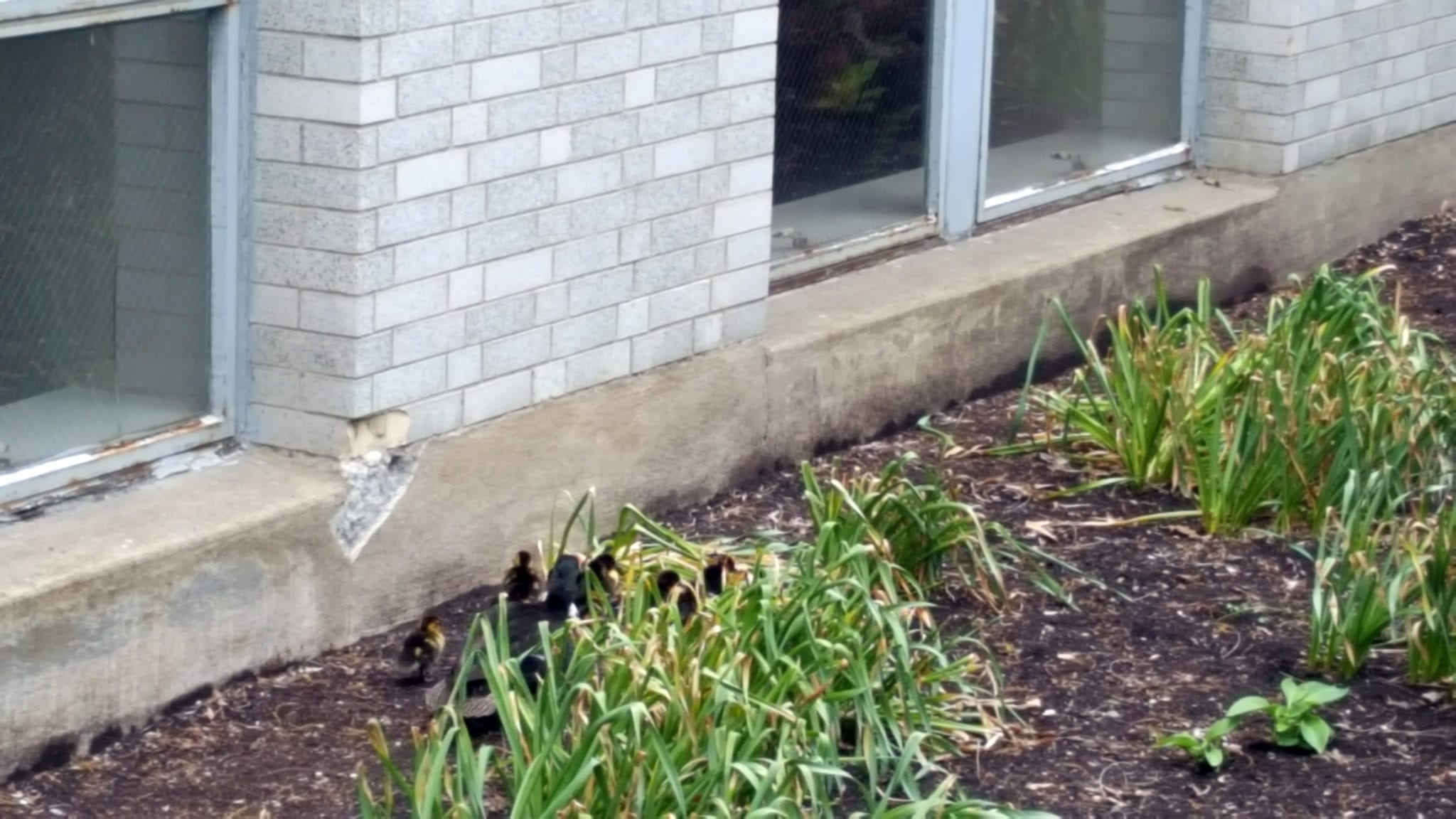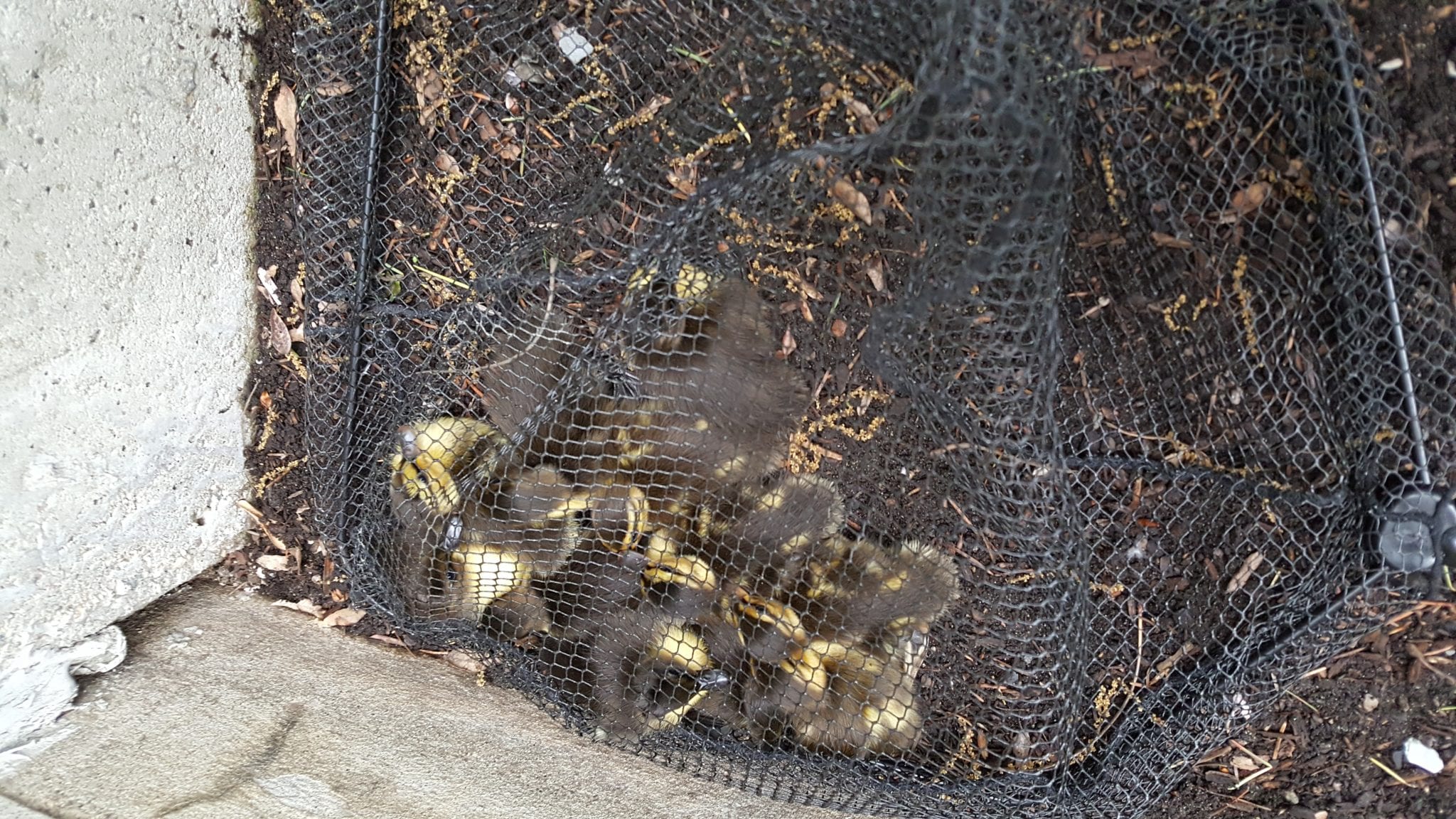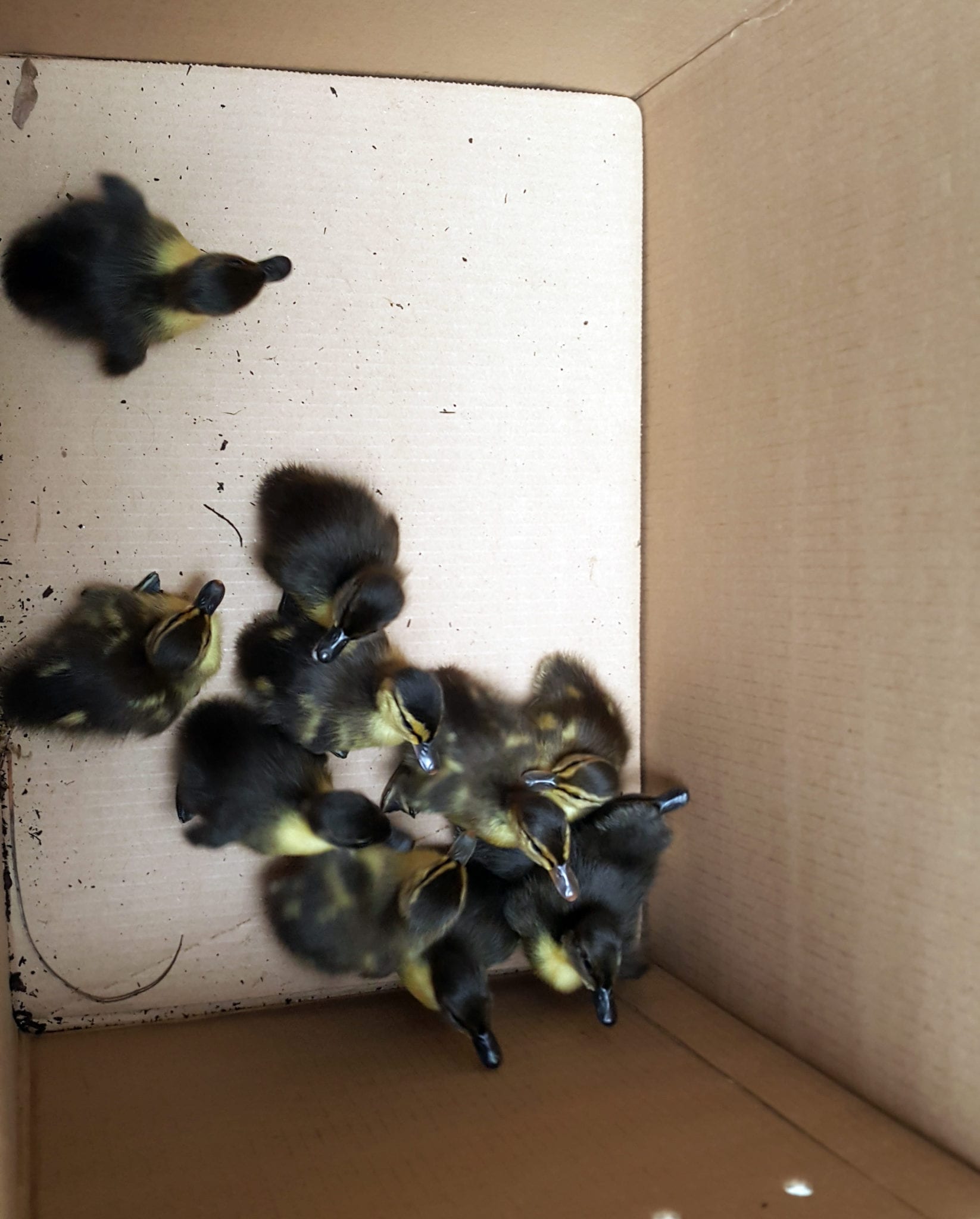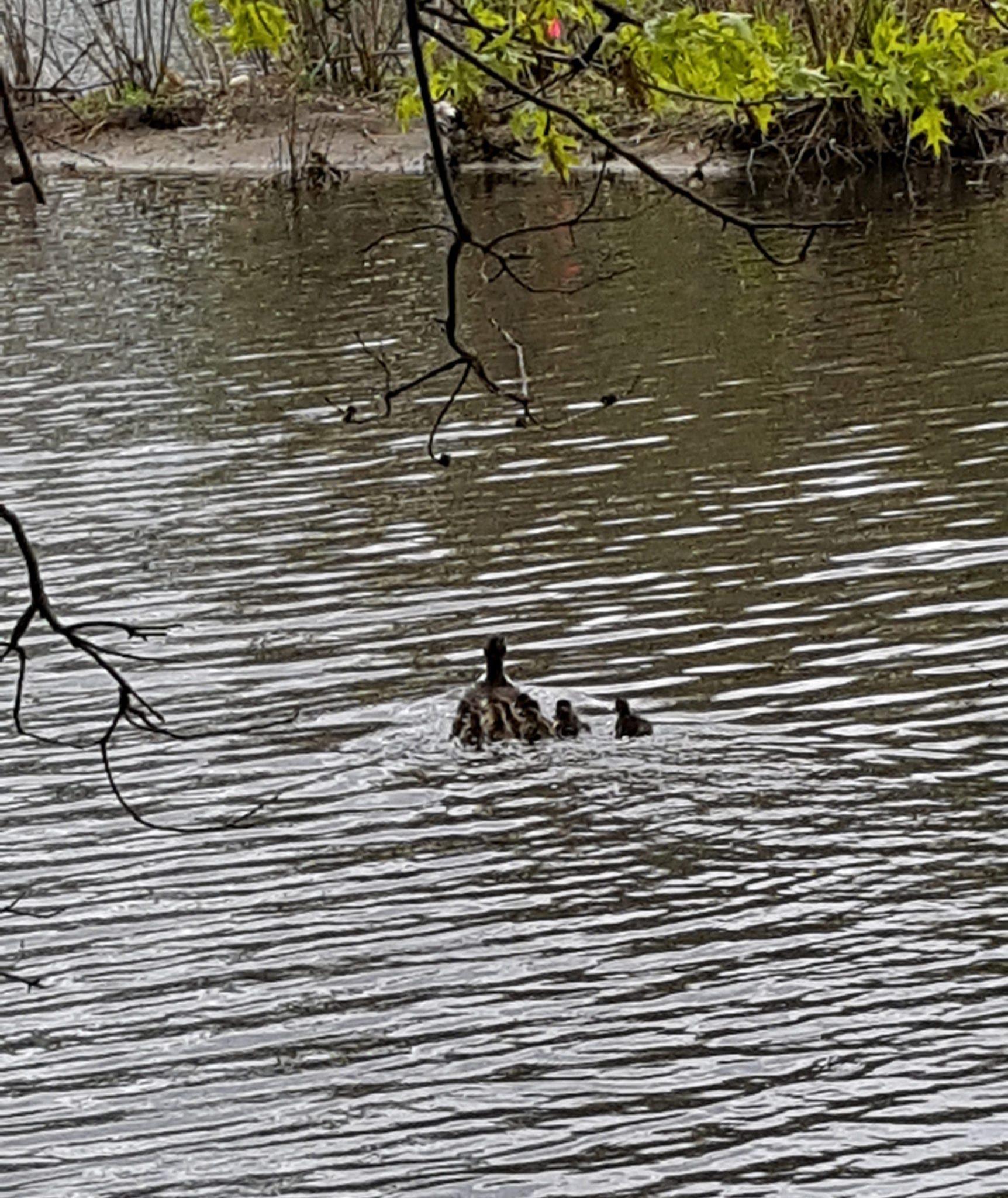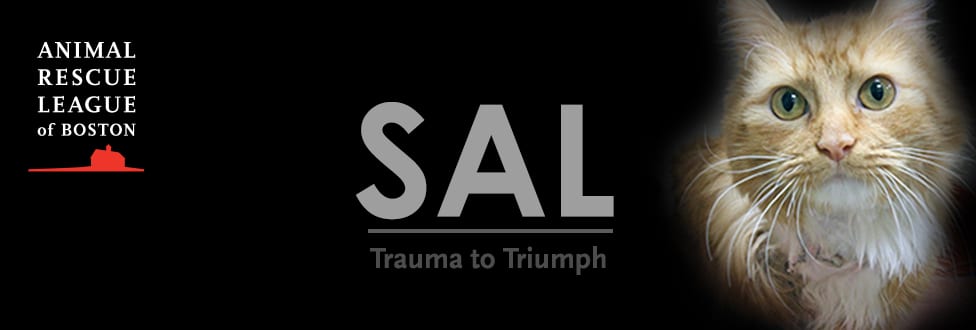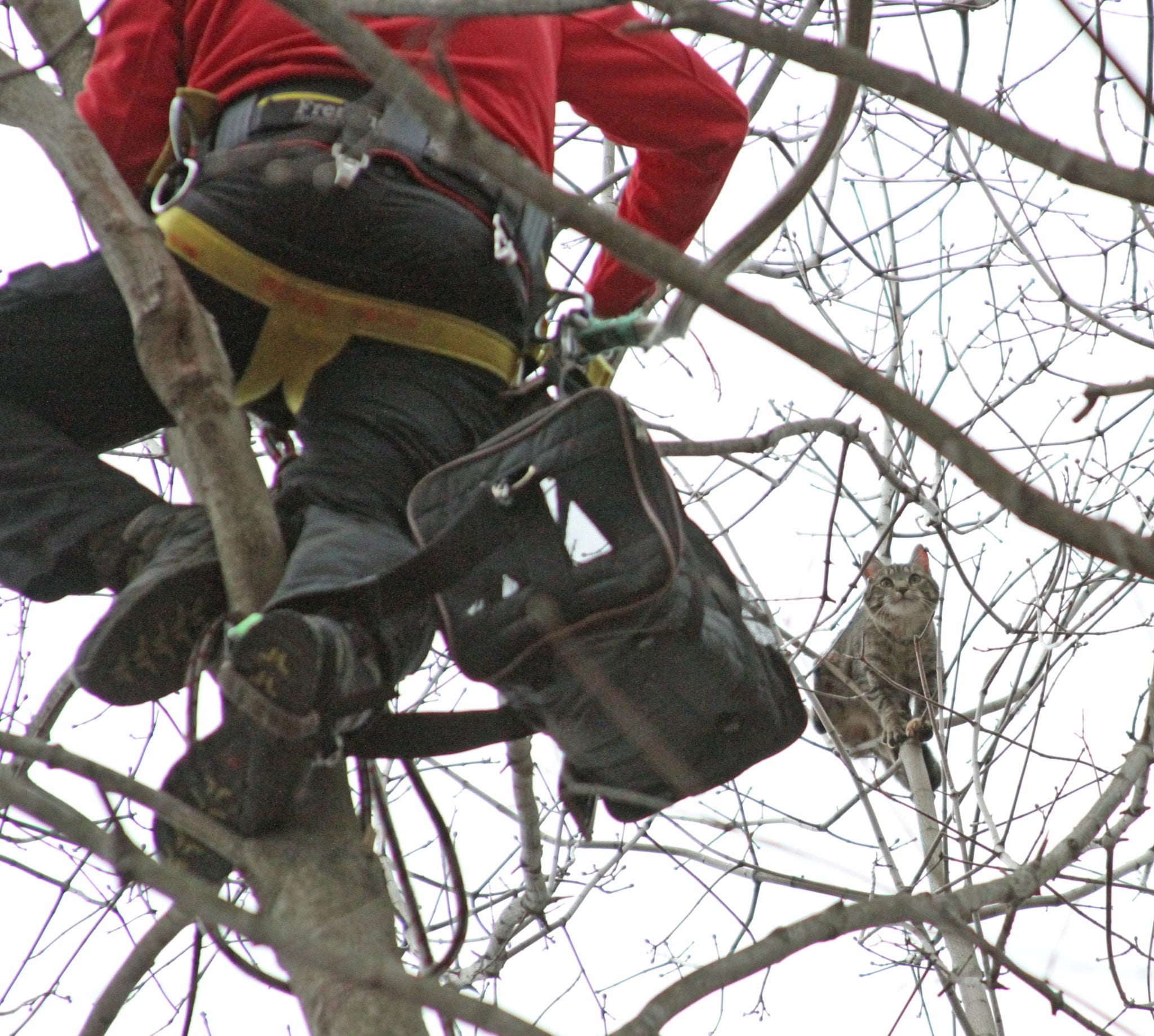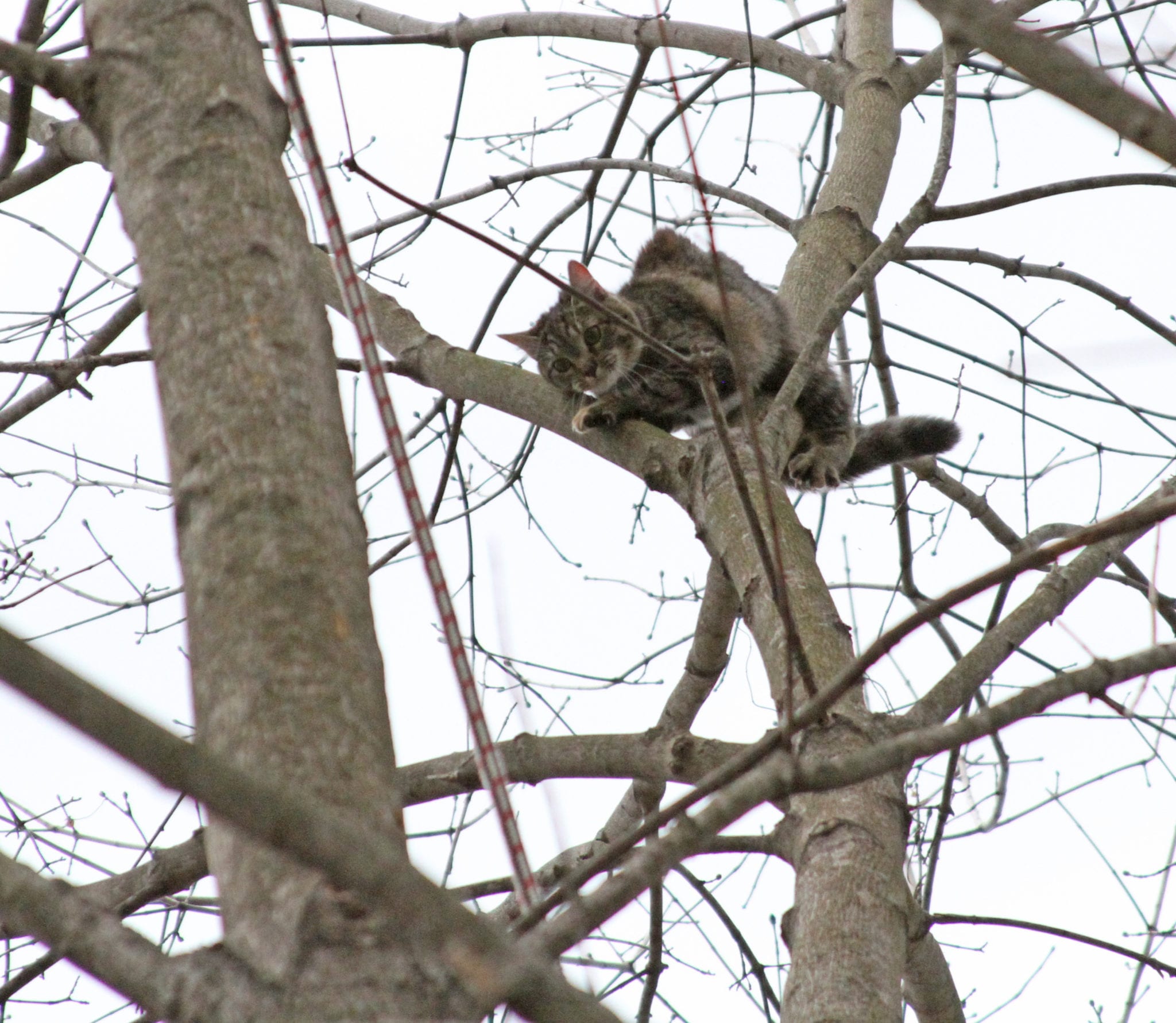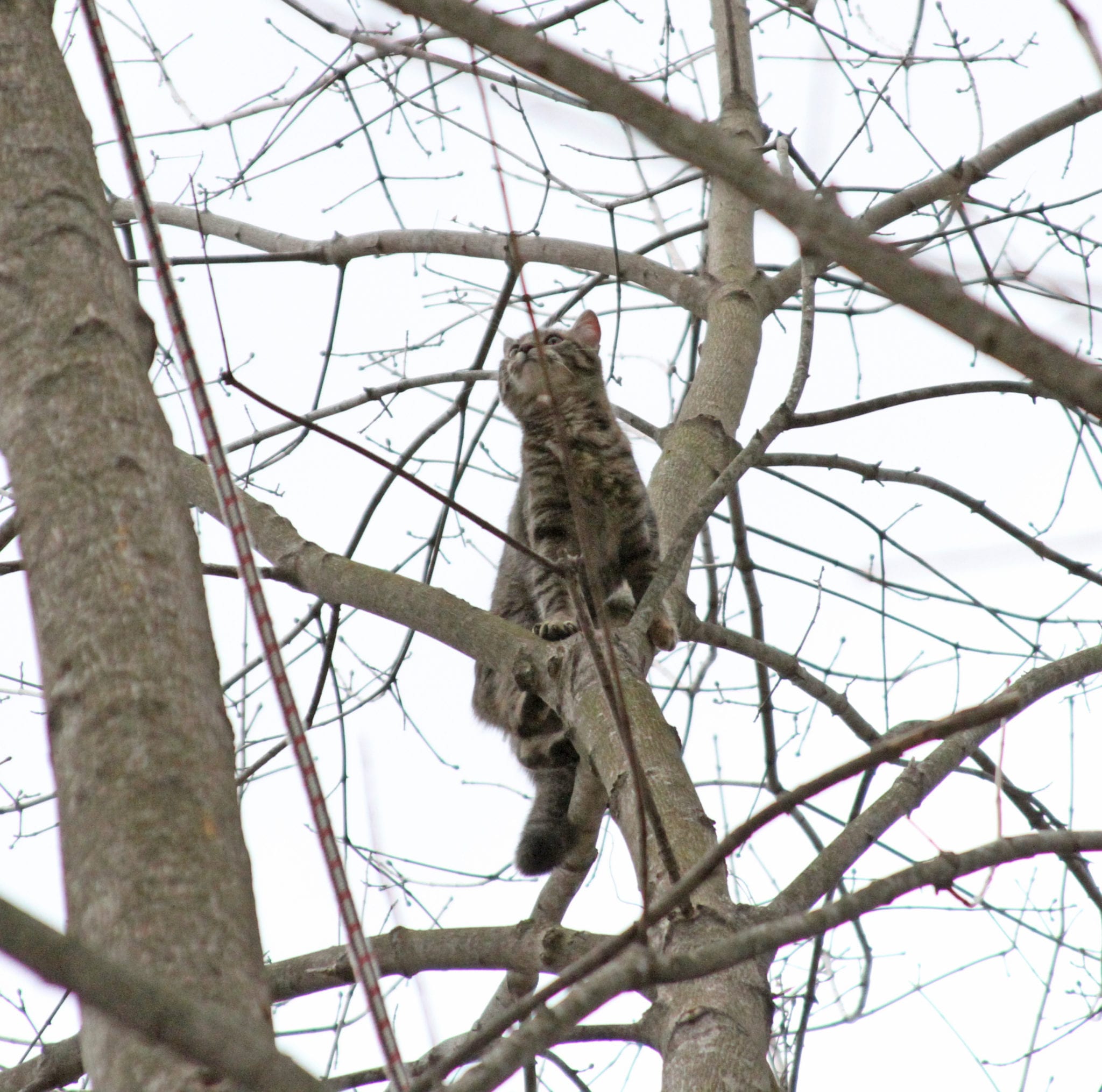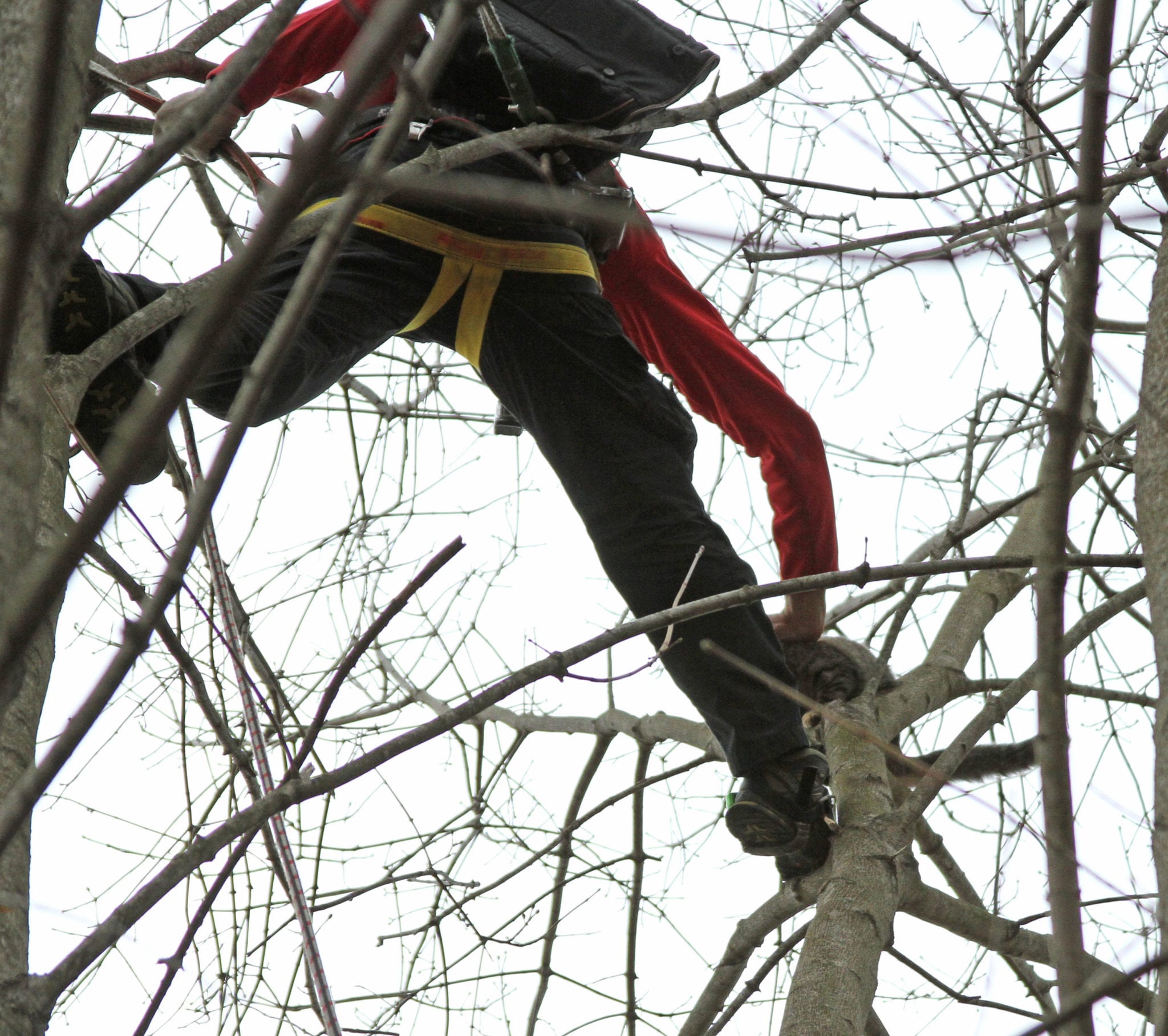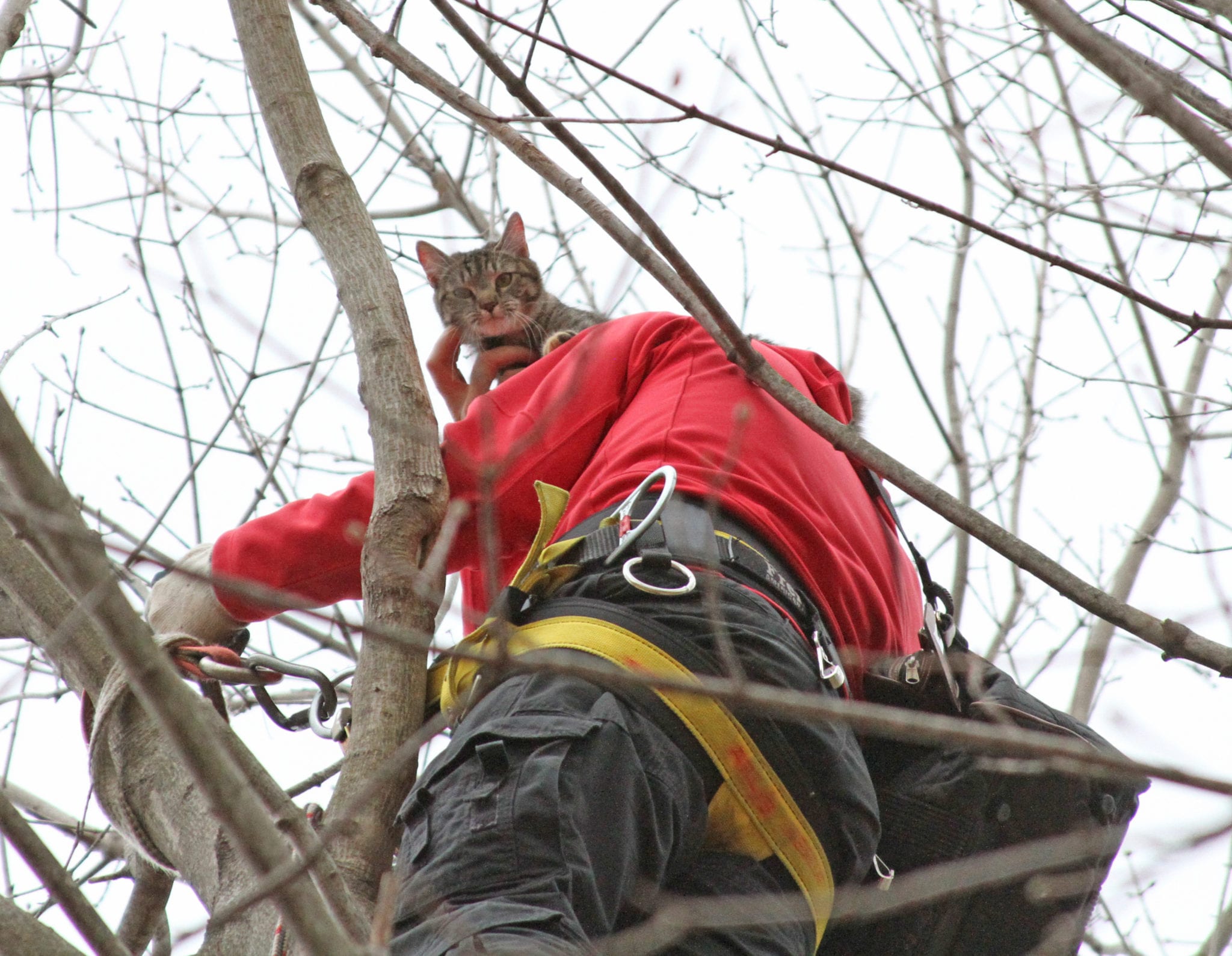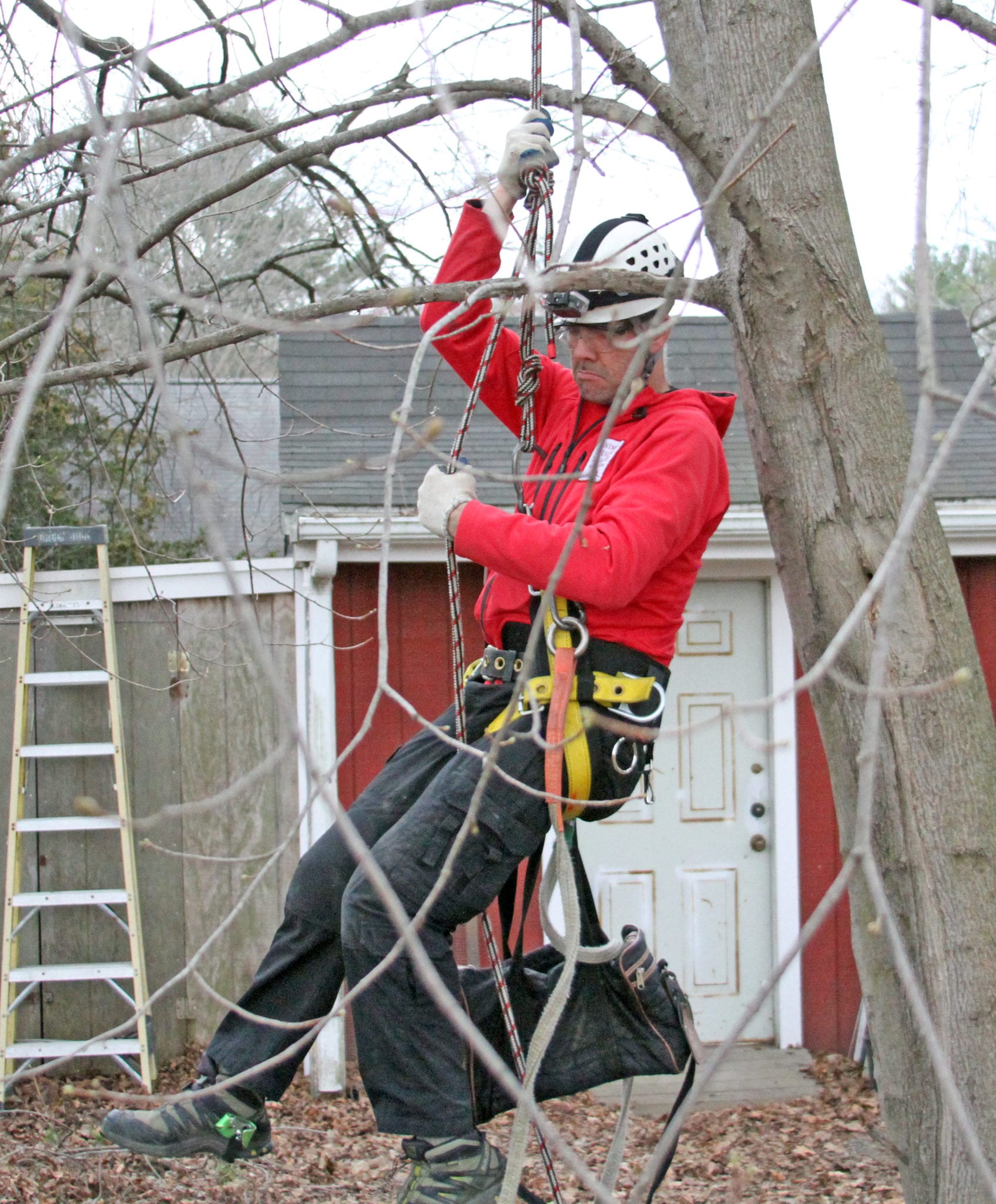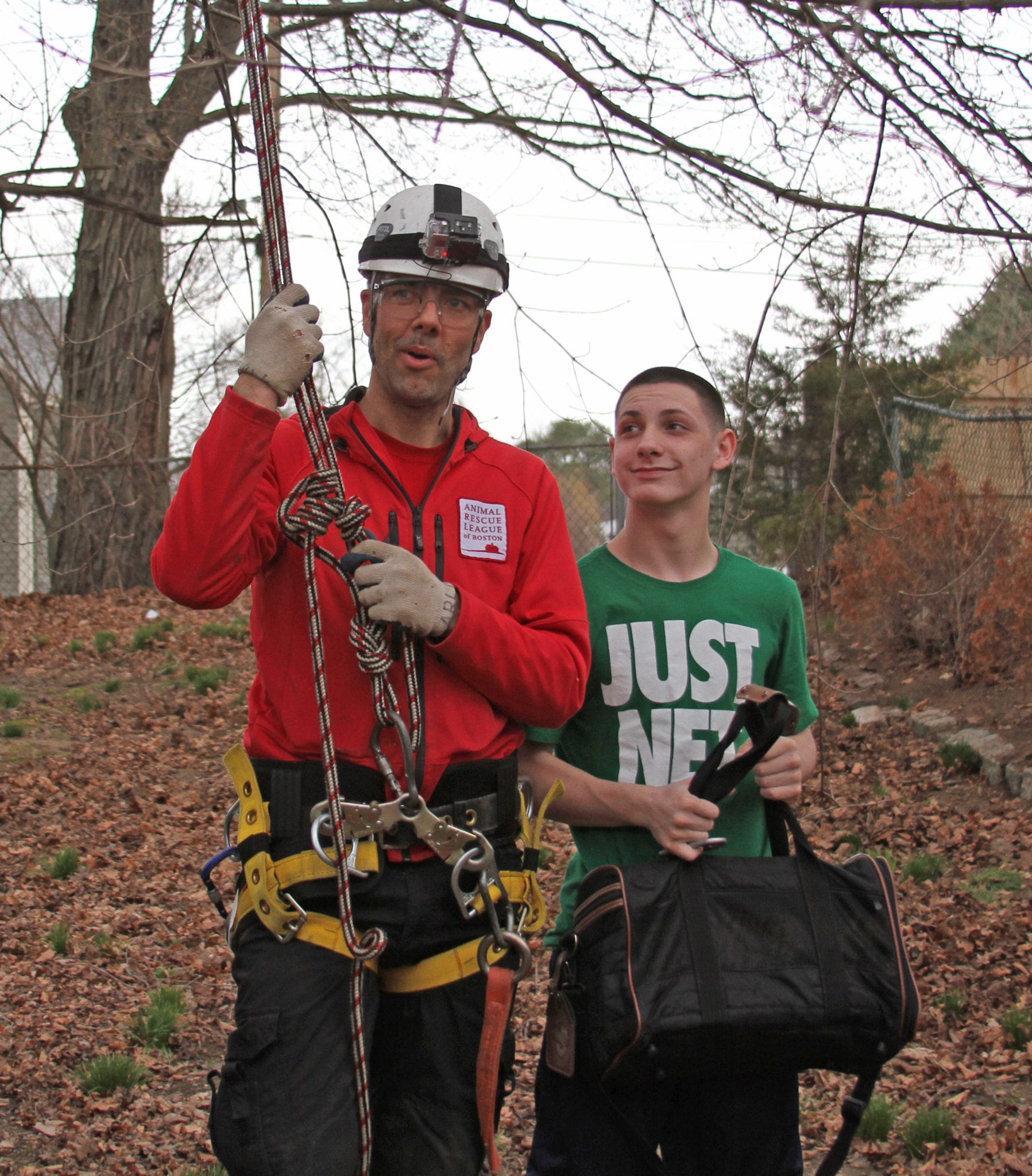Overcrowding Update: 25 Days, 112 Animals
ARL Veterinary and Shelter Staff Taking Extraordinary Measures
The month of August proved to be unprecedented for veterinary and shelter staff at the Animal Rescue League of Boston (ARL). In just 25 days, 112 animals were removed from several different overcrowding situations, 62 cats on one property alone. In the weeks that have followed, incredible measures have been taken to ensure the animals are safe and on a path to good overall health.
Nearly 40 cats are currently in isolation for treatment of zoonotic fungal infections, and must be handled delicately. Fulfilling basic tasks for the animals i.e. feeding, cleaning litter boxes and cages, requires Tyvek haz-mat suits, gloves, masks and other safety precautions. The treatment is extensive, and may last up to six weeks.
“It involves twice weekly baths, daily oral medications, and weekly fungal cultures,” said ARL veterinarian Dr. Kyle Quigley. “This process will need to continue for at least 30 days and may take longer to clear the infection.”
ARL’s MASH Unit
At least 15 cats that were removed were community or under-socialized outdoor cats. These cats had to be trapped and removed from the property by ARL due to the conditions on the property. While these cats had not been diagnosed with a fungal infection, ARL veterinary staff had to consider that they were exposed to it. Posing less of a risk to animals and people if they were spayed/neutered and released as quickly as possible, special arrangements needed to be made.
To eliminate the threat of spreading any possible infection, an outdoor spay and neuter clinic was set up at ARL’s Dedham Animal Care and Adoption Center. Utilizing a simple camping tent, Dr. Quigley and staff examined, and spayed/neutered the cats. The animals were also given flea treatments and deworming medication. The MASH-type clinic reflects the challenges ARL staff has been presented with in treating these animals.
“Performing these surgeries in a tent isn’t exactly unorthodox, but it does present challenges,”Dr. Quigley said. “The outdoor process takes more than twice as many people as an indoor facility and requires extensive personal protection and disinfection protocols. The tent and any items that were not able to be sanitized were discarded at the end of the day.”
A Life-Saving Approach
For many years, shelters have had to make tough decisions regarding animals diagnosed with or exposed to fungal infections. These decisions have historically been life or death. Unfortunately, cats were often euthanized due to the risk to other animals, people, and the cost associated with treatment. ARL has decided to take another approach — a life-saving approach.
“ARL is treating nearly 40 cats for this infection, and all of these efforts take an extraordinary amount of time and resources,”Dr. Quigley said. “Staff and volunteers must wear personal protection to limit their exposure to the fungus and we must take every precaution not to expose healthy animals in our care. Our dedicated staff and volunteers must spend countless hours working with these cats to give them the best quality of life whey they’re in our shelter, and the best chances we can provide them to find new homes after treatment — that is our charge and one we take very seriously.”
Your Support is Critical
As stated above, caring for these animals has required extraordinary measures, and will also require an enormous time and financial commitment. We need your help. By donating today, you will help:
- Support our special investigations and on-going rescue efforts
- Provide sanctuary and continued, extended care for these animals
- Help rehabilitate and prepare these animals for adoption
ARL is an unwavering champion for animals in need, committed to keeping them safe and healthy in habitats and homes. Our mission is made possible by your generosity and on behalf of every animal ARL serves — WE THANK YOU.

